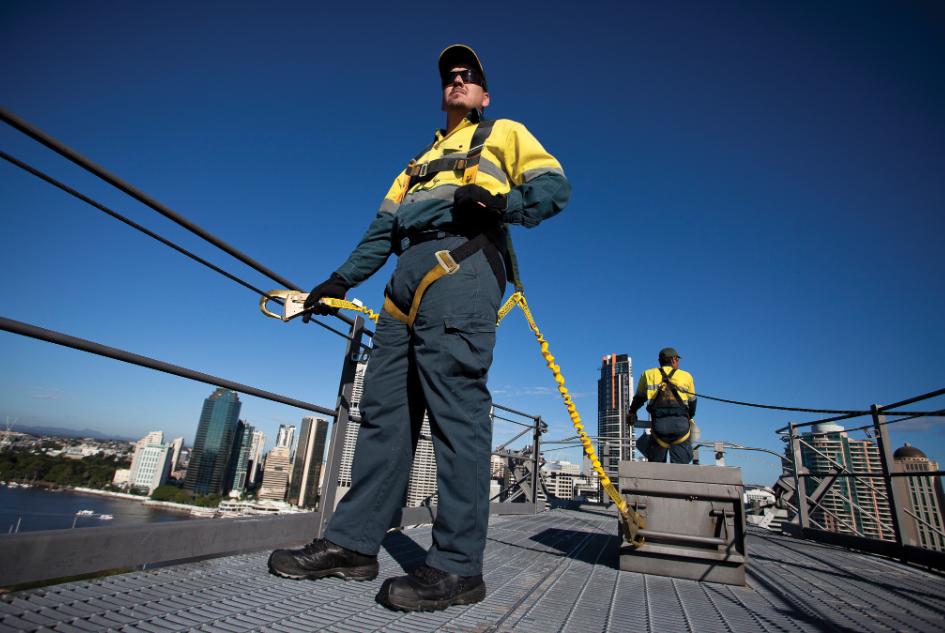Height safety is a non-negotiable aspect of workplace safety, especially for industries that involve working at elevated levels. Properly designed and implemented height safety systems protect workers, minimise risks, and ensure compliance with workplace safety regulations. To function effectively, these systems must incorporate certain essential features.
Here are the seven critical components every height safety system should have.
1. Reliable Anchor Points
Anchor points form the foundation of any height safety system. These secure points provide a stable attachment for harnesses or lanyards, ensuring workers remain tethered while performing tasks at height. Properly installed and regularly inspected anchor points are crucial for maintaining system integrity.
2. Personal Fall Arrest Systems (PFAS)
Personal fall arrest systems, including full-body harnesses and shock-absorbing lanyards, are indispensable for worker protection. These components are designed to arrest a fall safely and minimise the forces exerted on the worker’s body, reducing the risk of injury.
3. Guardrails and Barriers
Guardrails and barriers are passive height safety measures that provide a physical boundary to prevent accidental falls. Commonly used on rooftops, scaffolding, and elevated platforms, these structures offer a reliable layer of protection without requiring worker intervention.
4. Static Lines and Lifelines
Static lines and lifelines enable workers to move safely across elevated areas while remaining securely connected to the height safety system. These systems are particularly useful in environments where workers need continuous protection while navigating along a fixed path.
5. Access Ladders with Safety Features
Access ladders with integrated safety features, such as cages or fall arrest systems, ensure workers can safely ascend and descend elevated areas. These ladders must comply with safety standards and be regularly maintained to prevent accidents.
6. Rescue and Retrieval Equipment
No height safety system is complete without rescue and retrieval equipment. In the event of a fall, these tools allow for the safe and efficient recovery of workers. Planning for emergencies is an essential part of height safety management.
7. Regular Inspections and Maintenance
Height safety systems must undergo routine inspections to ensure all components function as intended. Regular maintenance and testing comply with safety regulations and prolong the system’s lifespan and effectiveness.
Conclusion
An effective height safety system is built on a foundation of robust features, from reliable anchor points to comprehensive rescue equipment. By incorporating these seven essential elements, businesses can create a safe working environment, protect workers, and meet regulatory standards.

